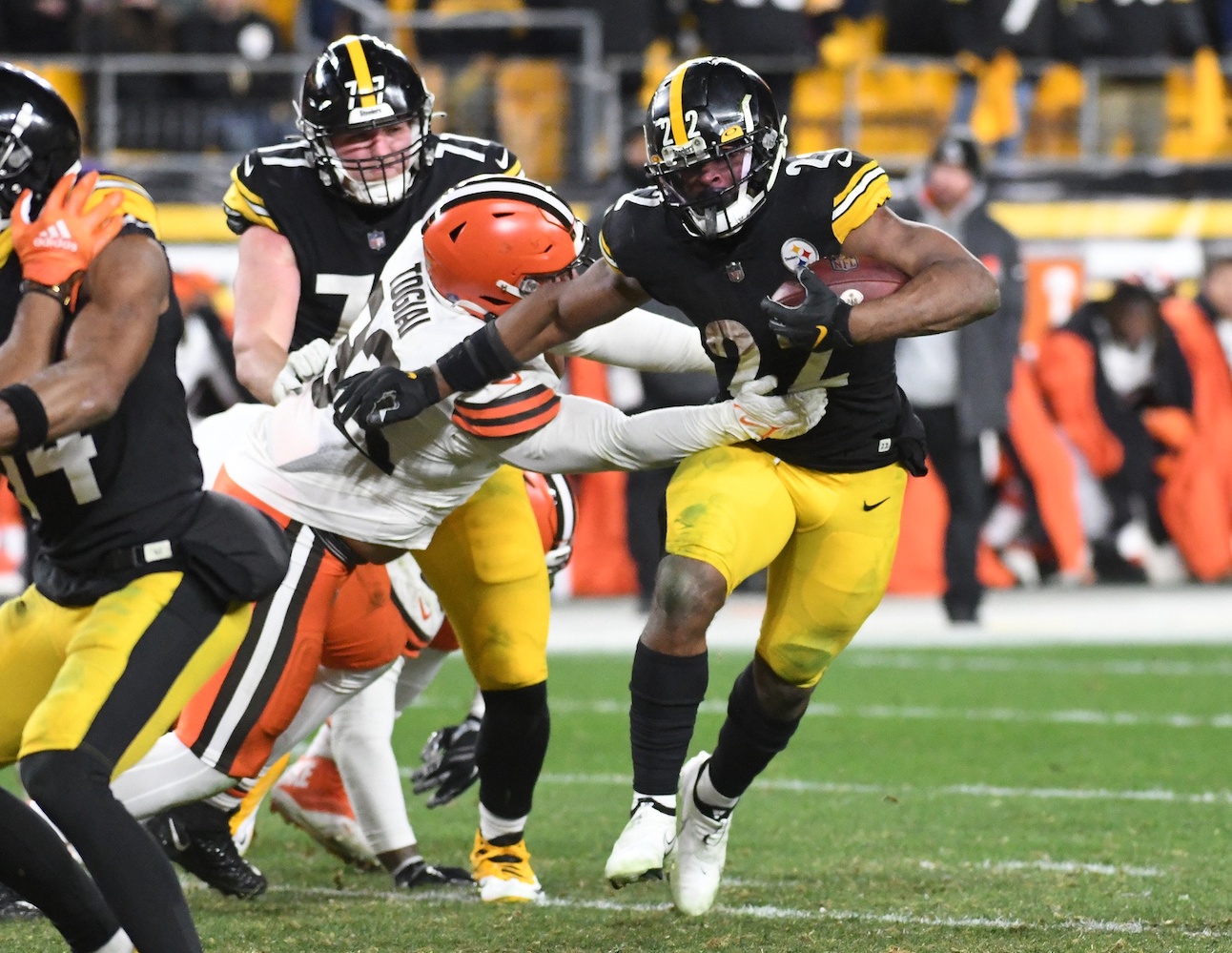From Teddy Bridgewater to Lamar Jackson, Louisville has enjoyed its fair share of success from dual-threat signal-callers over the last decade. With the unique ability to stretch defenses both vertically and horizontally, Louisville’s consistent desire to deploy a game-breaking talent as the leader of their offense has become the foundation of their program.
The two aforementioned talents are familiar to the common eye—especially the Heisman-Trophy-winner-turned-NFL-MVP in Jackson—the Cardinals’ current signal-caller in Malik Cunningham has received much less recognition than his predecessors despite many similarities to that of both Bridgewater and Jackson during their time on campus.
A redshirt junior, Cunningham is as electric and dynamic a playmaker as they come at the quarterback position, college or NFL. Cunningham is built in a mirroring mold of both Bridgewater and Jackson. At 6-foot-1 and 205 pounds with a long, wiry athletic build and a slingshot for an arm, Cunningham’s skill set has been slipped under the rug when projecting CFB’s most enticing quarterback prospects despite being a three-year starter for the Cardinals. Similar to the masses’ opinion of Jackson coming out of college where many believed the Ravens’ signal-caller would be nothing more than a failed experiment at the next level and would eventually move to running back or wideout due to his elite open-field ability, there’s no clear reason as to why Cunningham hasn’t received the correct recognition in a class desperate for a QB1.
Let’s change the narrative, shall we?
In a world where points need to be scored at an all-time high to keep pace on Sundays, Cunningham’s knack for finding the end zone since he first buckled his chin strap has remained consistent in his three years of leading the charge for head coach Scott Satterfield. Just the second Power 5 signal-caller in history (Marques Tuiasosopo) to amass 300 passing yards and 200 rushing yards in a single game during Louisville's blowout of Duke last week (Cunningham amassed seven total touchdowns), it’s hard to dismiss the Montgomery, Alabama native’s ever-apparent, high profile talent. Completing more than 62% of his 296 attempts through the air, don’t let his ability with his lower half, like Jackson, fool you into thinking he’s a one-trick pony.
A pass-first quarterback who’s shown the ability to dissect from the pocket and isn’t afraid to let it loose downfield, Cunningham has thrown 18 touchdown passes this fall compared to just five interceptions. With an average yards per completion (8.7) currently higher than that of Nevada’s Carson Strong (7.8), Liberty’s Malik Willis (8.6), and tied with Cincinnati’s Desmond Ridder and CFB’s leader in passing yards, Western Kentucky’s Bailey Zappe, men lie, women lie, but numbers and film never have (and never will).
A primary component of Tutu Atwell’s rise into the second round last spring, where Cunningham has shown his most improvement after throwing 12 picks last fall has been his fluidity and football IQ in the passing game. After a season in which his 12 interceptions could have amassed to many more, his comfortability in play-action and designed boots has seen an entirely different side of Cunningham’s game appear on film. An excellent creator outside the pocket, Satterfield’s ability to get Cunningham outside the tackles with flow has been paramount to his development this fall. An excellent deliverer of the football on the run, his added ability to mirror his shoulders with his eyes before uncorking downfield is a massive plus when attempting to nail down his potential impact at the next level.
While he’s his own individual beast off-script compared to the current class of quarterbacks, as the NFL quickly turns its focus to signal-callers that are multi-faceted with the ball in their hands, Cunningham, alongside Willis, have become the belles of the ball this upcoming draft. While Willis’ dual-threat talent has taken over the college scene (but floundered in the last month), Cunningham’s long-overlooked success within a Power 5 conference could represent the nation’s best-kept secret in an underwhelming quarterback class. The leader of an offense that has outscored its opponents 103-25 the last two weeks, don’t be surprised if the “other” Malik in this year’s quarterback talent pool enjoys a significant rise on league-wide draft boards this winter.
Filed In
Related Articles
Cincinnati Bengals
Should Joe Burrow Be The NFL MVP?
- Jan 07, 2022
NFL
Steelers Hit A Home Run With Najee Harris
- Jan 07, 2022
Written By


































